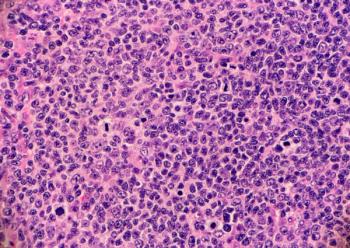
Syntagon Launches Shanghai Sourcing Operations
Leading contract research organisation, Syntagon, is to expand its global presence by opening new premises in Shanghai. The expansion is set to further improve Syntagon’s raw material sourcing capabilities-often a considerable cost element in clinical API production.
“Our Shanghai office will allow us to source high quality raw materials at competitive rates. Savings we will then be able to pass on to our clients,” says Syntagon CEO Michael Lofthagen.
The acquisition of raw materials tends to represent a significant part of the overall costs of conducting clinical trials. Syntagon’s Shanghai offices will have access to a broader choice of suppliers, and an immediate contact that will allow Syntagon to deliver materials more rapidly at more attractive prices.
“By having a presence on the ground in Shanghai, we have direct access to many raw material suppliers, thereby avoiding agents and middlemen, and reduce delivery time,” explains Lofthagen.
The Shanghai offices will compliment Syntagon’s existing operations in Södertälje, Sweden, and Riga, Latvia.
Syntagon’s process development expertise, analytical chemistry and crystallisation services are tailored for all client types: from single-product start-ups, to global pharmaceutical groups.
Syntagon is a leading Scandinavia-based drug development partner. We develop compounds from lead optimisation to phase II clinical trials using the latest technology and equipment combined with a solid quality system.
Newsletter
Stay current in clinical research with Applied Clinical Trials, providing expert insights, regulatory updates, and practical strategies for successful clinical trial design and execution.




